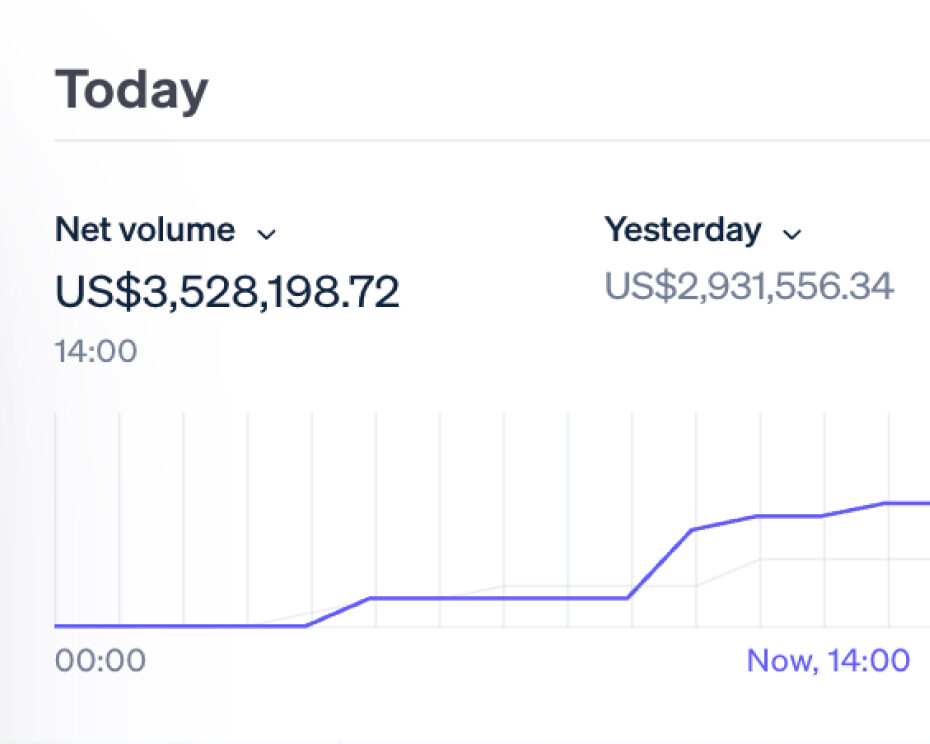Is the ‘Lipstick Effect’ back?
Welcome back Pricing People, get ready for a glow-up because in this edition we’re looking at the lipstick effect.
Coined by Estee Lauder heir Leonard Lauder during the 2008 recession, the term, the lipstick effect, is the theory that shoppers are willing to spend on little luxuries during times of economic uncertainty. And it looks like this spending attitude is making a comeback, while shoppers are trading down in some segments and cutting back on big-ticket items they’re still looking for the feel-good factor in small luxury purchases.
Beauty Brands cash in
Brands Laura Mercier, bareMinerals, and Buxom have all seen digital sales boom, while beauty retailer Sephora experienced double-digit growth this year alone., A survey from Barclays in the UK reveals that some of the most resilient products over the past three years include haircare, bodycare and fragrance. Showing that the lipstick effect is pretty much back in full swing.
Takeaways Enjoy a Surprise Surge
And it’s not just cosmetics where people are finding comfort from the cost of living crisis. Over in Australia, despite tough economic times, local restaurants and takeouts are experiencing a surprise uplift as diners give themselves a night off the dishes.
Grocers Go Luxe
Finally, in the UK, what was once considered the ultimate luxury food is making its way into shopping baskets across the country. Budget supermarket Aldi has seen a surge in shoppers choosing luxury items including Wagyu steak. The curious shift to premium-budget products has been huge with Aldi’s premium own-label range up nearly 16%.
If your business has the potential to tap into the lipstick effect, don’t miss out on the opportunity to give your margins a makeover. Flintfox can help you leverage your data and identify products with high demand and low price sensitivity, allowing for strategic price adjustments. To find out more, contact us today.
Powerful pricing software supported with deep experience
Flintfox gives you flexibility with your own application, unprecedented speed and power from our pricing engine and support from our dedicated team.
